





 |
 |
 |
 |
 |
 |
| Joseph Lei | profile | all galleries >> BLOG >> Sony 135 Testing and Myth debunked | tree view | thumbnails | slideshow |
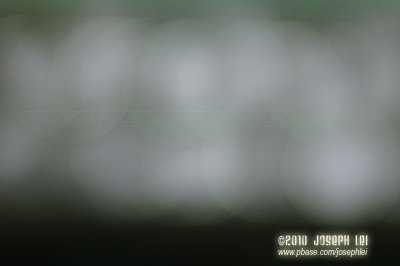 Bokeh @ T4.5 |
 Bokeh @ T6.7 |
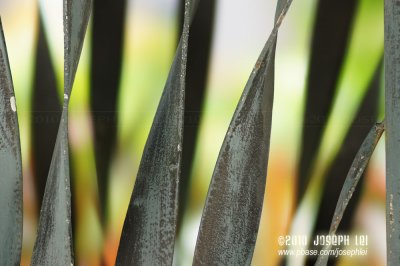 T4.5 |
 T6.7 |
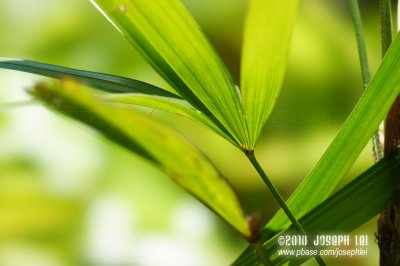 So what is the difference between wide open, f6.3, and T6.7? |
 f6.3 |
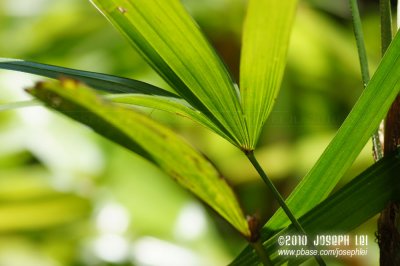 T6.7 |
 Massive CA |
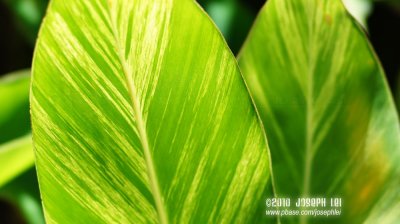 Nice colors |
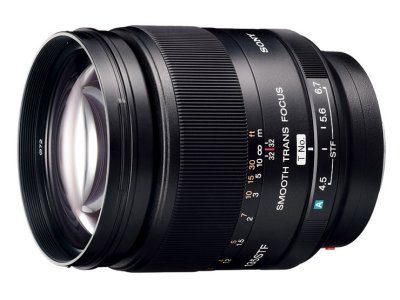 Conclusion (but not finished) |
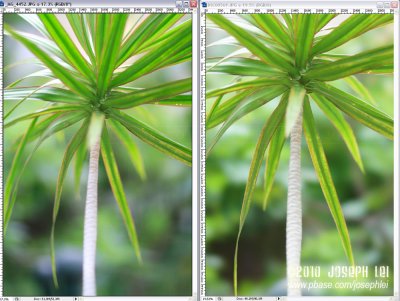
[ STF vs 85L - Bokeh showdown ] |
| comment | share |